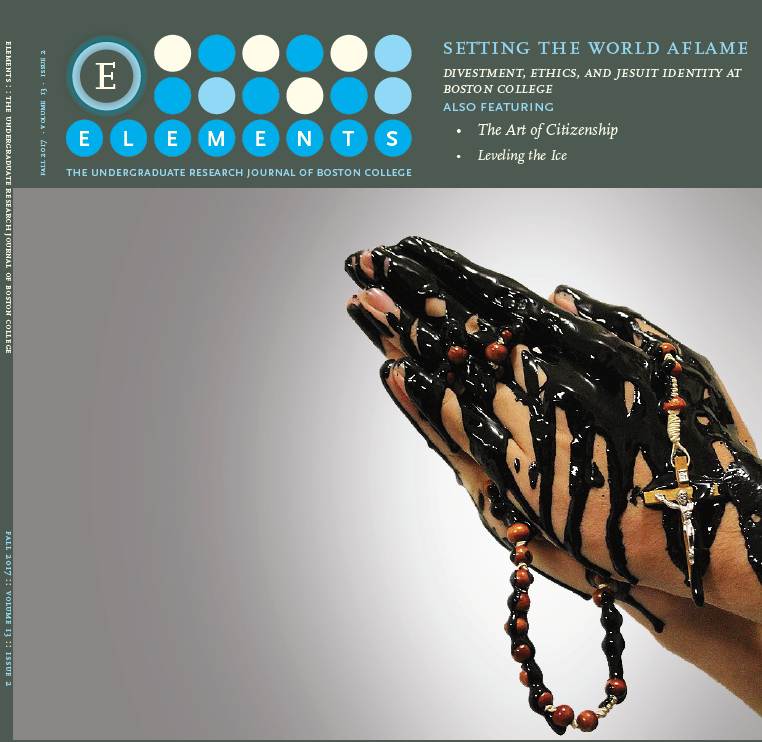Gendered Terrorism: The Link Between Sex and Organized Violence
DOI:
https://doi.org/10.6017/eurj.v13i2.9957Keywords:
masculinity, terrorismAbstract
Scholars cite religion, foreign occupation, economic destitution, and lack of opportunity as reasons for terrorism, but gender and masculinity are nearly absent from the conversation. Does masculinity shape the societal structures that foster terrorism? Examining the Taliban in Pakistan and Afghanistan and the Provisional Irish Republican Army (PIRA) in Northern Ireland demonstrates how masculinity establishes the physical spaces that radicalize men and exclude women. It is the force that propels group radicalization and tears apart societies. In scholarship, masculinity is obscured by colonialism and nationalism, but examining masculinity closer illuminates societal constructions that have deep, violent, and political consequences.
References
References
Chicago project on security and terrorism. in The University of Chicago [database online]. 2016 [cited 11/25 Available from http://cpostdata.uchicago.edu/search_results_new.php.
Aslam, Maleeha. 2012. Gender-based explosions. New York: United Nations University.
Banerjee, Sumanta. 2001. Children of the damned. Economic and Political Weekly 36 (50): 4618-9.
Bloom, Mia Mellissa. 2010. Death becomes her: The changing nature of women's role in terror. Georgetown Journal of International Affairs 11 (1): 91-8.
Bloom, Mia, 1968-. 2011. Bombshell women and terrorism. Philadelphia: University of Pennsylvania Press.
Butler, Judith P. 1990. Gender trouble : Feminism and the subversion of identity. New York: Routledge.
Caron, James. 2012. Taliban, real and imagined. In , 60-82Harvard University Press.
Dowler, Lorraine. 1997. The mother of all warriors: Women in west belfast, northern ireland. In Gender and catastrophe., ed. Ronit Lentin. New York: Zed Books.
FAIR, C. CHRISTINE. 2004. Militant recruitment in pakistan: Implications for al qaeda and other organizations. Studies in Conflict & Terrorism 27 (6) (11/01): 489-504.
Hoodbhoy, Pervez Amirali. 2008. Towards theocracy? India International Centre Quarterly 35 (3): 142-51.
Jackson, Peter. 1991. The cultural politics of masculinity: Towards a social geography. Transactions of the Institute of British Geographers 16 (2): 199-213.
Jasbir K. Puar, and Amit Rai. 2002. Monster, terrorist, fag: The war on terrorism and the production of docile patriots. Social Text 20 (3): 117-48.
Mullick, Haider A. H. 2008. Towards a civic culture: Student activism and political dissent in pakistan. Georgetown Journal of International Affairs 9 (2): 5-12.
Nagel, Joane. 1998. Masculinity and nationalism: Gender and sexuality in the making of nations. Ethnic and Racial Studies 21 (2) (01/01): 242-69.
Reilly, Robert. 2012. Shaping strategic communication. In , 169-192Georgetown University Press.
Sageman, Marc. 2008. The Jihadist’s profile. In , ed. Marc Sageman, 47-70University of Pennsylvania Press.
Seshadri-Crooks, Kalpana. 2002. I am a master: Terrorism, masculinity, and political violence in frantz fanon. Parallax 8 (2) (04/01): 84-98.
Sprinzak, Ehud. 1990. The psychopolitical formation of extreme left terrorism in a democracy: The case of the weathermen. In Origins of terrorism: Psychologies, ideologies, theologies, states of mind., ed. Walter Reich. Washington, D.C.: Woodrow Wilson Center.
Wright, Lawrence. 2006. The looming tower: Al-qaeda and the road to 9/11. New York: Vintage Books.
Downloads
Published
How to Cite
Issue
Section
License
Copyright (c) 2018 Regina Theresa Noonan

This work is licensed under a Creative Commons Attribution 4.0 International License.

